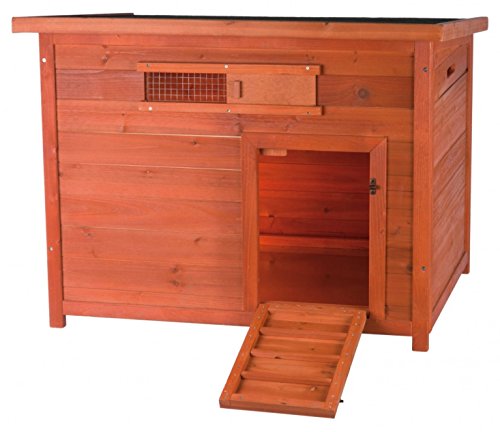How to keep ducks – and why they might just be the best natural way to control slugs
Rearing ducks is an effective and fun way to combat these persistent garden pests
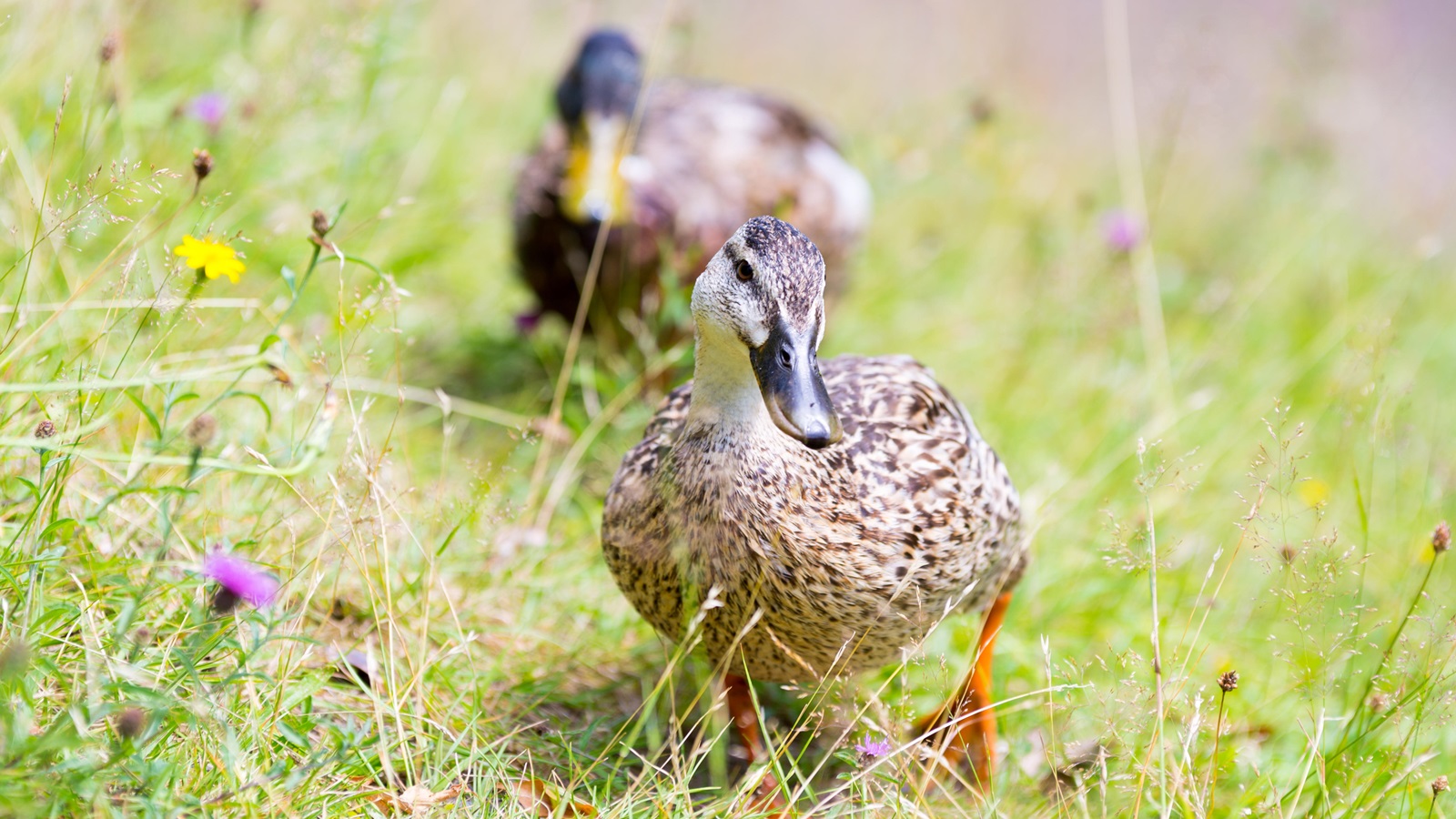

If slugs are a problem in your yard, have you ever thought about combatting them by rearing ducks?
Highly endearing and entertaining to watch, they spend a lot of their time happily foraging for slugs, saving your plants from these pesky nibblers. Nature’s very own pest controllers, they are experts at hunting out the tiniest slime balls from the trickiest of places, plus there’s the delicious fresh eggs to relish too.
If you're tempted to give these friendly feathered friends a home in your yard as part of your wildlife garden ideas, we have created an expert guide on how to keep ducks. From housing and feeding ducks, to the plants not to have growing in your yard, it will equip you with all you need to know.
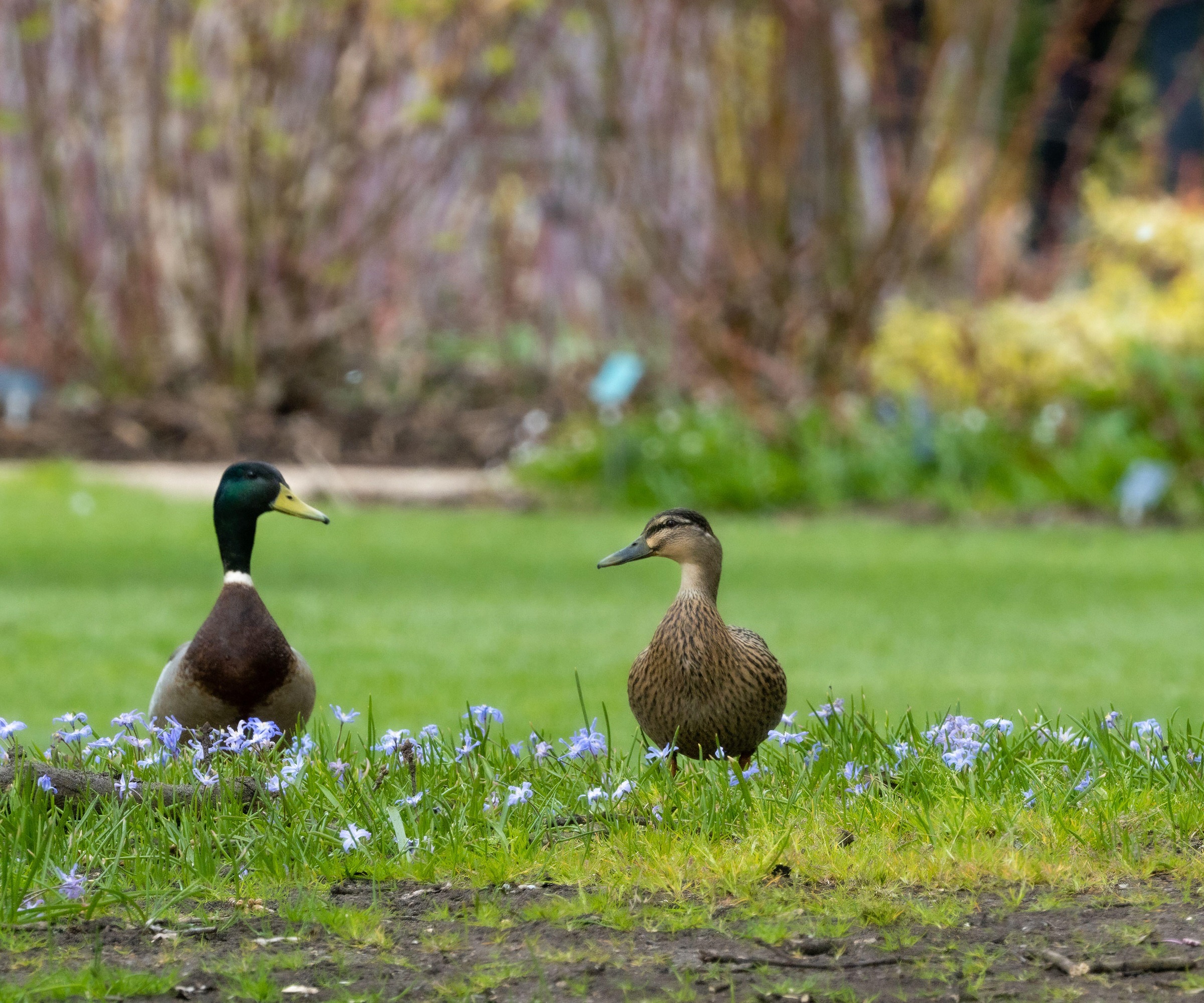
How to keep ducks and the reasons you should to control slugs
One of the best slug control methods, keeping ducks is fast growing in popularity for both gardeners and homesteaders. Much more entertaining than purely growing slug repellent plants, duck keeping will transform how you use and enjoy your yard.
What do you need to start keeping ducks?
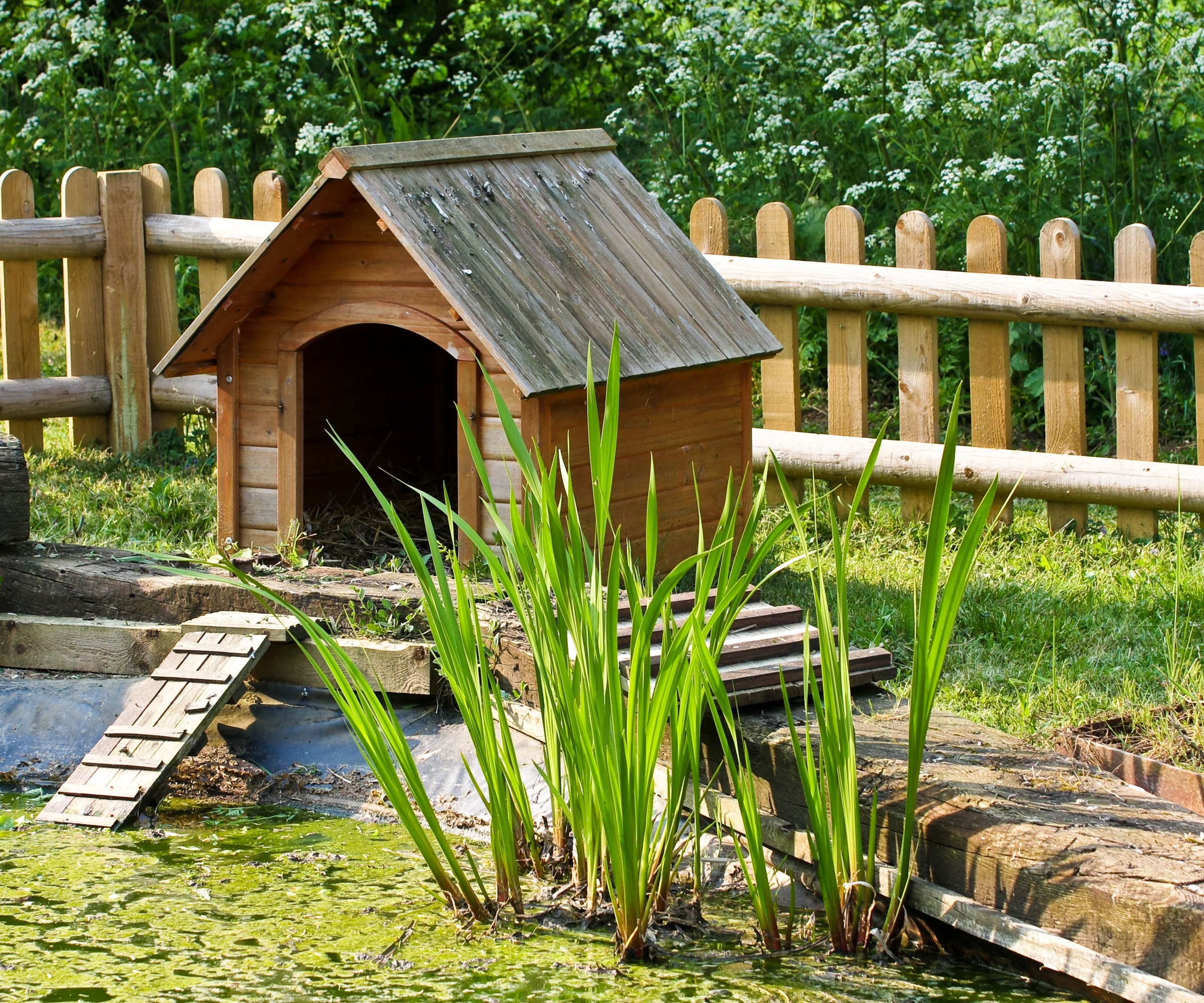
Ducks can be kept in a backyard, provided they have room to happily forage, exercise and comfortably roam around. Generally robust, healthy and easy to look after there are a few key duck keeping points to bear in mind. While having a large pond is not essential, some form of water must be provided.
Avid duck enthusiast and author of online resource Quackwipedia Katie Sarna explains. ‘Ducks need access to water to stay clean and maintain healthy feathers. A kiddie pool will work if you’re tight on space, as long as it's frequently refreshed with new water and deep enough for them to submerge their heads.
‘Ducks need to be able to dip their heads in fresh clean water to wash out their nasal cavities,’ advises homesteader and duck owner Brandi McAnally. ‘This does not mean they have to have a pond or pool, but they do need a shallow bowl or tray to dip their heads in. When ducks do not have access to clean water to dip their heads in, they can develop respiratory issues. Respiratory problems manifest as sneezing, coughing, wheezing and can prove fatal.’
Design expertise in your inbox – from inspiring decorating ideas and beautiful celebrity homes to practical gardening advice and shopping round-ups.
As with most other animals, ducks need their own, dedicated house where they can retreat for the night and remain safe, away from predators. Katie says, ‘A small doghouse with a secure door can work well as long as it's well-ventilated, provides shelter from the elements and can comfortably fit your entire flock inside.’ Check out Walmart's range of waterproof doghouses here.
Ducks need easy access to their homes, so any raised shelter, ‘will need a steady ramp with traction, so the ducks do not slide off the ramp or feel the need to fly out the door,’ explains Brandi. ‘Waddling ducks need extra space when entering and leaving the shelter, therefore doorways should be at least 14 inches tall and 14 inches wide.’
Unlike chickens who instinctively return home at the first sign of dusk, ducks need to be rounded up and manually driven there. Brandi suggests, ‘Put your ducks up one hour before sunset and let them out one hour or more after sunrise. Most large predators like foxes and coyotes are nocturnal so having a well-constructed shelter is particularly important.’
While chickens roost on a raised perch within their house, ducks sleep on the floor, on a nest of bedding. Allow at least four-square feet of floor space per duck and make sure to change the bedding often to keep it soft and dry. Brandi also adds, ‘A duck shelter should be well ventilated, and all openings should be covered with hardware cloth. This will protect them from smaller predators like weasels, raccoons, and skunks and even rats looking to steal eggs.’
Best breeds of duck for yard foraging
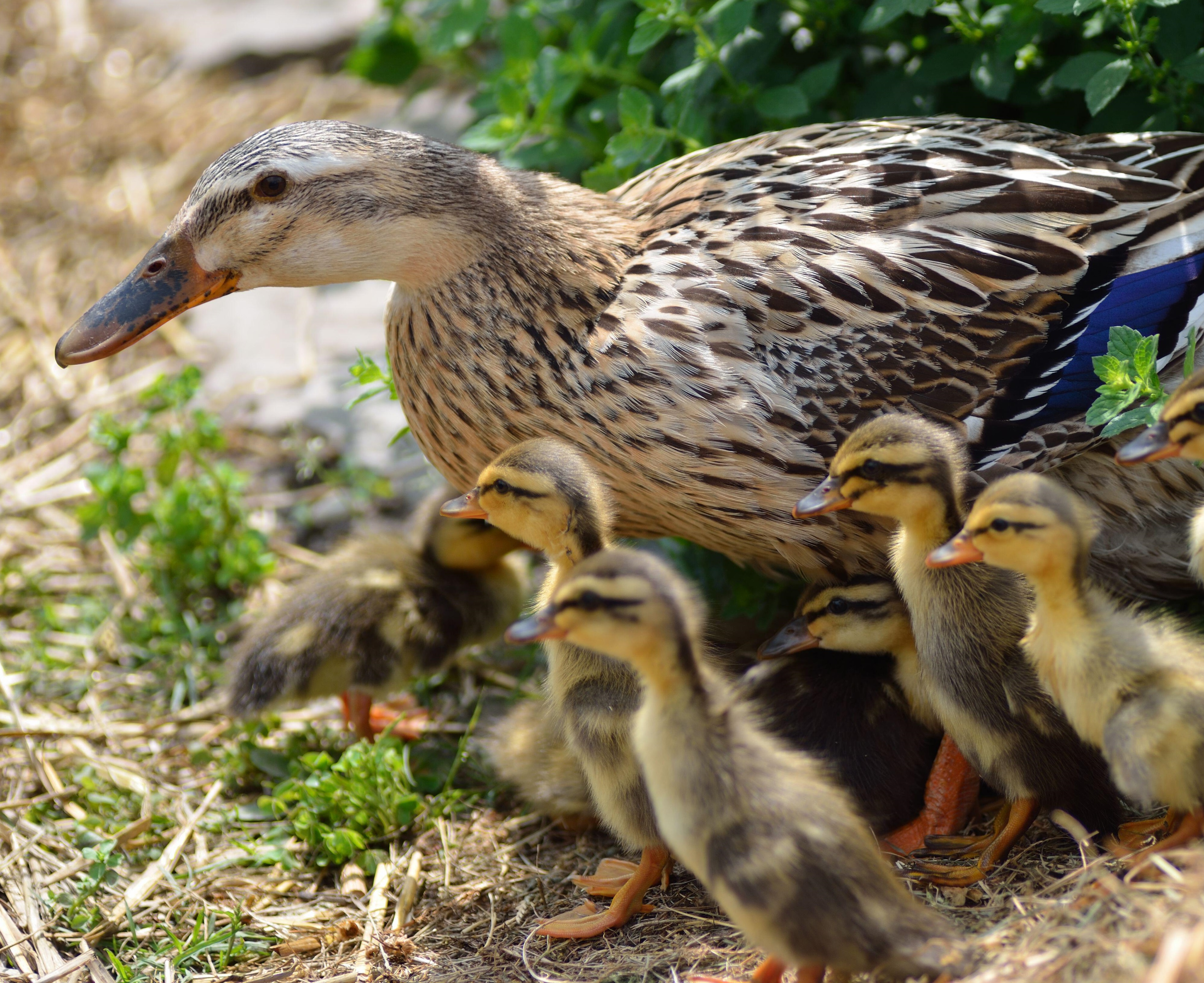
Indian Runner ducks have a docile nature and are keen foragers.
There are 17 types of recognized domestic ducks in the US, and they vary widely in both looks and characteristics. Call ducks, best known for their rounded, pure white body and golden feet and bill, are amongst the prettiest. Typical of fairy tales and story books, they are very friendly, prolific egg layers – around 50-150 a year – but they do have a particularly loud, distinct quack, so are best suited to rural homes.
Swedish Blue ducks are one of the larger domestic breeds and with their blue-grey and white plumage, they are particularly handsome. Fun and affectionate they make great pets while also laying large mostly white eggs – around 130 a year.
If you are specifically choosing ducks for garden pest control duties, there are a few standout choices. Brandi explains, ‘While every duck will snack on slugs and snails if given the chance, Khaki Campbell and Indian Runner ducks are known for being the best foragers.’
Katie Sarna adds, ‘When it comes to ducks that are great at foraging, some breeds really shine. Saxony take the lead. These ducks love to roam, picking up insects, worms, and small critters, making them ideal for those looking to reduce feed costs and control garden pests.’
Are there any downsides to keeping ducks?
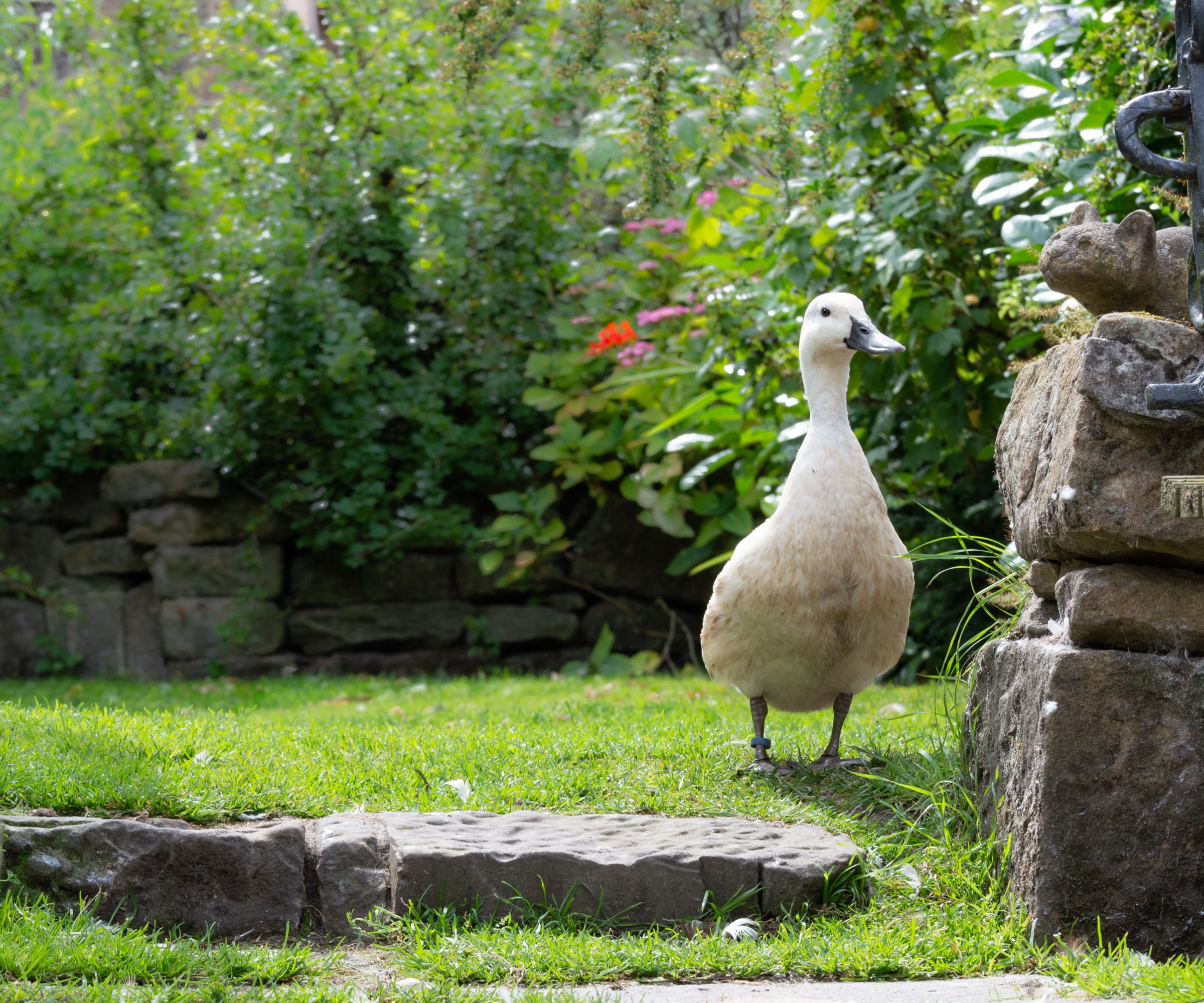
Whilst being great company in the garden, not to mention avid slug and snail hunters, ducks do have some drawbacks. Certain breeds can be particularly noisy with their chatter, so they are not always the wisest choice for smaller urban gardens.
Ducks, just like chickens, tend to poop prolifically and while their droppings can help lure slugs and snails out from their hiding spots, ready to be munched, the mess can prove unsightly for pristine gardeners and a hazard for young children. The good news is that it is easily washed into the soil – either by rain or hose – and it is a fantastic fertilizer too. Scrape out the duck house regularly and add to the compost or direct to the veg bed.
Another common issue with ducks is bumblefoot. A bacterial infection that can cause trouble walking, redness, and swelling of the foot or feet it is caused by a cut or scrape on the bottom of the foot. ‘Rough terrain or unsanitary conditions can often be the cause. Cleaning and replacing bedding often and allowing access to grassy areas can help prevent bumblefoot,’ says Brandi. ‘It is always best to monitor and check your duck’s feet often as it can be reversed if caught early.’

Brandi McAnally owns a small, bustling homestead in Northeast Vermont, where she keeps a mix of animals including goats, chickens, ducks, and even a goose! As a Master Gardener, she enjoys blending her gardening expertise with the advantages that animals bring to the garden. When not on the homestead, she’s busy working at American Meadows.

Katie Sarna is an avid duck enthusiast and runs Quackwipedia, a resource dedicated to sharing fun and practical information about raising ducks. She is also the co-founder and CEO of Santa Cruz Fungi.
Plants to avoid growing near ducks
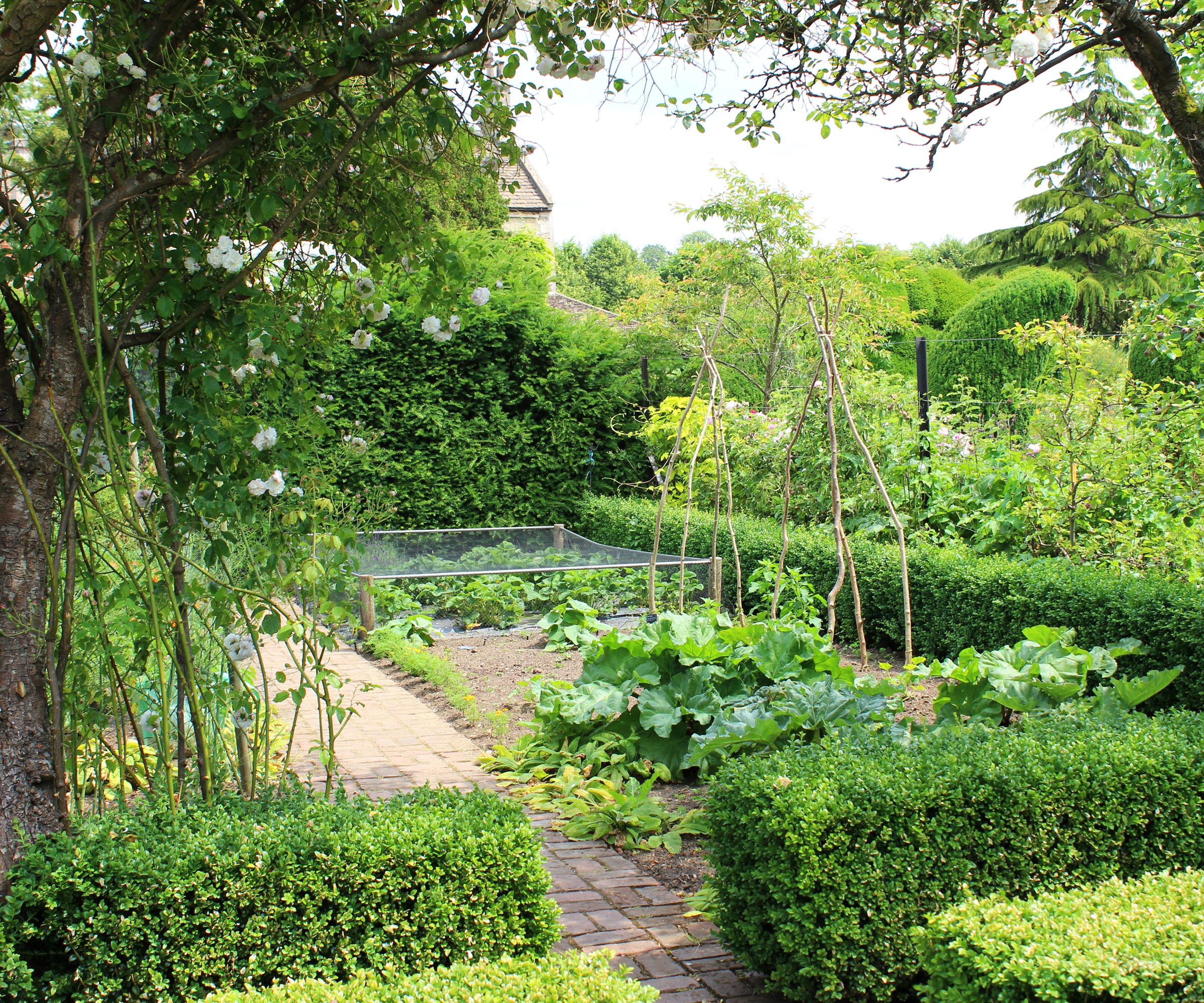
Most gardens have plants that are potentially toxic to animals, and there a numerous flowers, shrubs and bulbs that can prove harmful to ducks if ingested. As inquisitive birds that happily roam, nibble and forage it’s important to consider removing or restricting access to these problem plants, to avoid illness and fatalities.
Katie Sarna suggests ten common plants that should be avoided:
1. Flowering bulbs (daffodils, tulips, hyacinths, iris, etc): These contain toxic compounds, which if ingested can cause vomiting, diarrhoea, and potentially death.
2. Foxglove: All parts of this plant are toxic and can lead to heart failure due to the presence of digitalis.
3. Nightshades (tomato, potato, eggplant, rhubarb, etc): The leaves and stems contain toxic alkaloids like solanine, which can be deadly.
4. Alliums (garlic, onions, leeks, chives, etc): All parts of these plants can cause vomiting, diarrhoea, and difficulty breathing.
5. Azaleas: These contain grayanotoxins, which affect their nervous system, causing weakness.
6. Hydrangea: They contain cyanogenic glycosides, which can cause diarrhoea, vomiting, and lethargy.
7. Peony: They can cause vomiting and diarrhea due to the presence of toxic compounds in the plant.
8. Oleander: All parts of the plant are extremely toxic and ingestion can result in fatal heart and digestive issues.
9. Avocados: They contain a toxin called persin, which can cause heart damage, difficulty breathing, and even death.
10. Ivy: All parts of this plant can cause vomiting, diarrhoea, and difficulty breathing.
FAQs
Will ducks damage my yard?
Ducks tend to run around as a flock and stick together, which is hugely helpful when getting them to bed or luring them to a specific slug prone area of the garden. Rattling a feed bucket is a sure-fire way to attract their attention, but if you want particular areas of your yard to remain off limits fencing is the answer.
‘While ducks are generally gentler on plants due to their webbed feet, they will still create small holes in the soil while rooting for slugs and other bugs,’ says author of Quackwipedia, Katie Sarna. ‘However, if your garden contains tasty plants, both chickens and ducks can be destructive, so dedicated foraging spaces or fencing off valuable plants is essential.’
Still not sure if you fancy keeping ducks - at least at the moment - then why not consider these other tips on how to get rid of slugs or why not consider keeping chickens as an alternative.

Journalist Jill Morgan has spent over 20 years writing and editing gardening, interior and property features. Titles she has worked on include The English Home, House Beautiful, Ideal Home, Houzz and Modern Gardens and she writes regularly for H&G as a Contributing Editor. Whilst she is a dab hand at renovation projects and DIY, she is happiest when out digging in the garden or planning a new border.
